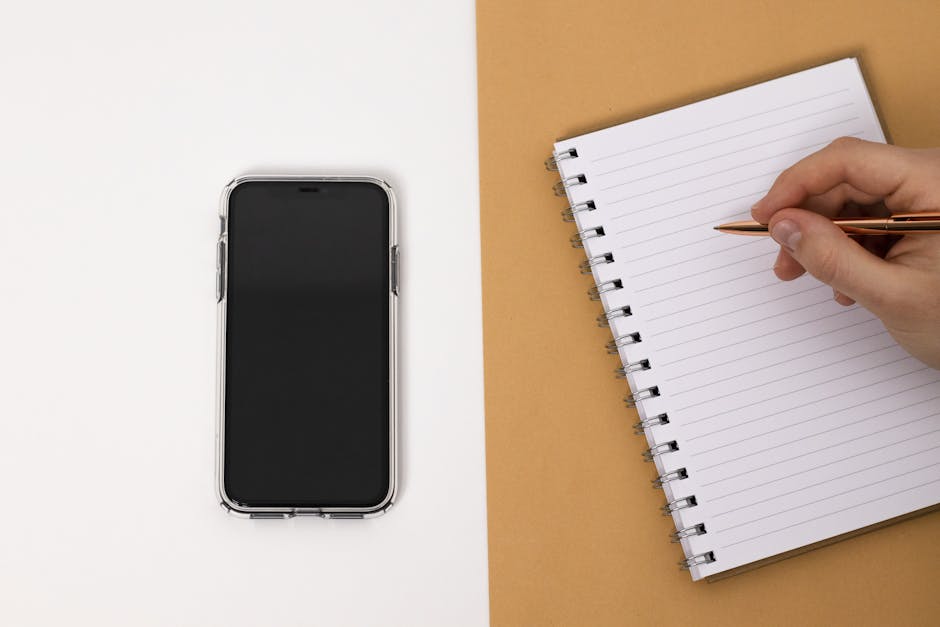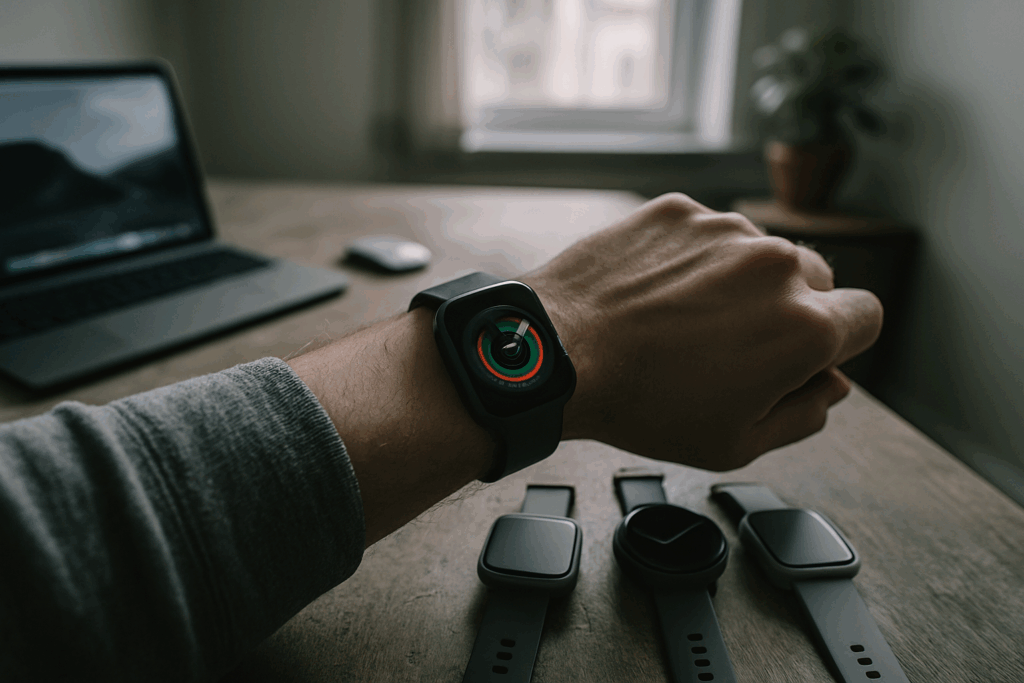Smartphones Are Finally Catching Up to Creators
We’re at the point where your phone might be the only camera you really need. 2024 has brought serious jumps in mobile hardware — better sensors, smoother stabilization, and AI that can tweak lighting and color in real time. Add in faster chips and smarter on-device editing tools, and suddenly you’re vlogging, editing, and uploading on the same device without missing a beat.
The price-to-performance ratio is also shifting in your favor. Mid-tier phones are borrowing features that were once locked behind a $1200 paywall. High frame-rate shooting, RAW support, and AI scene optimization are showing up across the board. That’s good news whether you’re bootstrapping your first vlog or just tired of lugging around extra gear.
But here’s the catch — the best phone isn’t the most expensive one. Choosing the right tool now depends on what you actually need. Daily lifestyle vids? Look for battery life and audio quality. Cinematic travel reels? Go for stabilization and dynamic range. The gear is getting better, but what really matters is how you use it.
iPhone 15 Pro Max
Apple went with a titanium frame this year, making the iPhone 15 Pro Max lighter but just as tough. Inside, the A17 Pro chip ups performance across the board and unlocks console-quality mobile gaming. Spatial video capture adds a new layer to video content, though right now it’s more forward-looking than core to daily vlogging.
Samsung Galaxy S24 Ultra
With the Snapdragon 8 Gen 3 under the hood and a massive 200MP main camera, the S24 Ultra is a vlogger’s powerhouse. The S Pen is still here too, good for notes, thumbnails, and precision edits. Samsung continues to push hardware boundaries and it shows.
Google Pixel 8 Pro
Pixel’s strength has always been smart photography, and the Pixel 8 Pro doubles down with AI-powered editing and scene optimization. The Tensor G3 chip runs the show, and Google’s promise of 7 years of updates means this one’s built to last. For creators who hate fiddling, it’s plug and play.
OnePlus 12
If you want flagship-level specs without bleeding your wallet, this is it. The OnePlus 12 brings blistering speed, a clean software experience, and ultra-fast charging that matters when you’re on the move. It doesn’t try to be everything, but what it does, it nails.
Xiaomi 14 Pro
Xiaomi came to impress. Leica-backed camera tech delivers standout video clarity and tone, while HyperOS keeps things tight and responsive. It’s an ambitious phone, and it feels like it—designed for those who want DSLR-level control in their pocket.
Camera Systems
It’s 2024, and megapixels aren’t the whole story anymore. The serious gains this year came from improved image processing and smart software, not just raw sensor upgrades. Night mode is cleaner across the board, but some brands still pull ahead when lighting gets tough. Zoom tech is better—with periscope options going further while keeping detail intact—though not everyone nails stabilization. Video is sharper, more color-accurate, and less shaky, thanks to stronger AI enhancement.
Where things get interesting is in new creative tools. Pro modes are no longer buried in menus or limited to pros. Features like AI-based background blur, auto-framing, and instant color grading are letting vloggers and casual users punch way above their weight. The line between smartphone and semi-pro gear keeps getting blurrier.
Flagships over $1,000 aren’t just about specs anymore. You’re paying for the whole experience—build quality, long-term software support, camera systems that edge close to pro territory, and screens that bring cinema-level color to your hand. Toss in IP ratings, premium materials, and silicon tuned for AI tasks, and the price starts to feel less like a rip-off and more like investment territory for power users.
What’s interesting in 2024 is how mid-range models are eating into that premium space. You’ve got sub-$600 phones packing 120Hz OLED displays, strong camera setups, and fast charging that used to be exclusive to flagships. For casual vloggers or first-time creators, it’s never been easier to get solid gear without breaking the bank.
Then there are the sleeper hits—the value kings. Phones from emerging brands or last year’s flagships now going for half-price are delivering borderline flagship performance at mid-range prices. These models are seriously closing the gap, blurring the lines between nice-to-have and good-enough-for-pros.
Looking for wireless earbuds to pair with your new phone? Check out our Review Roundup: Best Wireless Earbuds with Noise Cancellation
Best for performance freaks
If power is what you prioritize, the Sony ZV-E1 still sits at the top. Full-frame sensor, lightning-fast autofocus, and wild low-light capabilities—it’s basically a cinema camera disguised as a vlogging rig. Video creators who push dynamic scenes, whether it’s action sports or city night runs, will find this model over-delivers. Just know it runs hot and drains fast, so battery packs are non-negotiable.
Best for photography lovers
Not every vlogger’s all-in on video. If you’re mixing stills with content creation, the Fujifilm X-S20 is the one. You get crisp 6K video but more importantly, that signature Fuji color science that makes photography nerds swoon. Swappable lenses and a retro body don’t hurt. It’s a hybrid dream setup for creators who flip between modes.
Best overall value
If budget matters but compromises aren’t an option, the Canon EOS R50 hits the sweet spot. It’s compact, mirrorless, and built to handle high-quality 4K with minimal fuss. The flip-out screen is vlogger-friendly, AF is decent, and the price tag doesn’t punch too hard. For most creators, it’s a rock-solid entry into serious content.
The sleeper pick no one’s talking about
Panasonic keeps sneaking up with sleeper hits, and the Lumix G100 Mark II might be its best quiet flex yet. It’s light, has a surprisingly smart audio setup with built-in directional mics, and its compact size hides solid stabilization. It won’t win spec wars, but in real-world use—especially solo travel-style vlogging—it punches above its weight.
2024 Phones Blur the Line Between Flagship and Mid-Tier
The gap between top-tier and mid-range smartphones has nearly disappeared in 2024. Powerful processors, sleek displays, and pro-level cameras are turning up in phones at half the price of what used to be ‘flagship.’ For vloggers and content creators, that changes the game. You don’t need to drop four figures for solid performance anymore.
That said, no phone does it all. Some excel at battery life, others have killer image stabilization or better color science. What works for a streetwear vlogger might not cut it for someone filming 4K vanlife vlogs off-grid. This year is less about the best phone and more about the right phone for how you shoot and where you publish.
Pick based on workflow, not marketing hype. Let your content needs—not brand loyalty—lead the way.


 Lorissa Ollvain is a tech author and co-founder of gfxrobotection with expertise in AI, digital protection, and smart technology solutions. She is dedicated to making advanced technology accessible through informative, user-focused content.
Lorissa Ollvain is a tech author and co-founder of gfxrobotection with expertise in AI, digital protection, and smart technology solutions. She is dedicated to making advanced technology accessible through informative, user-focused content.

